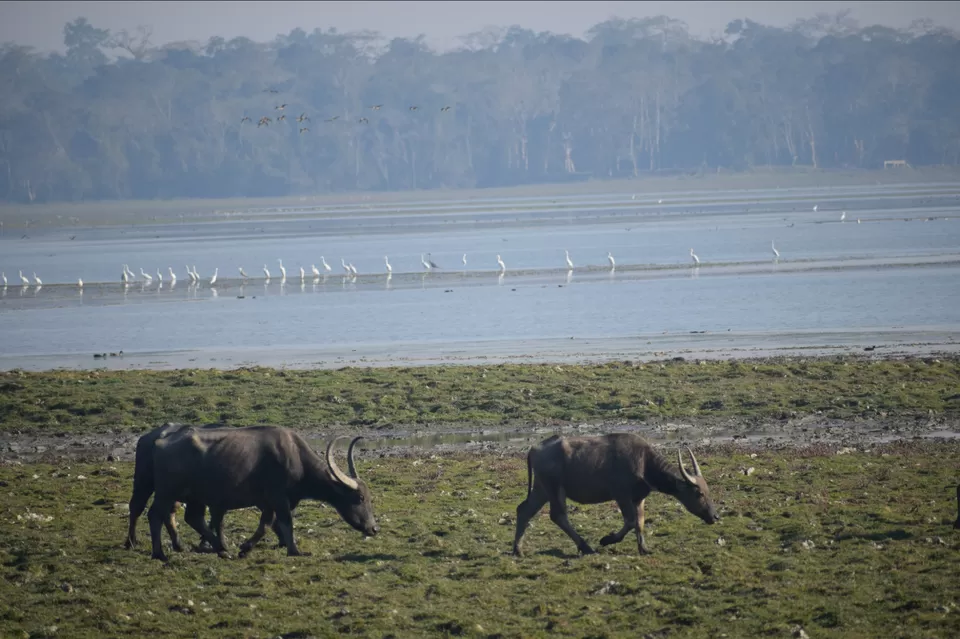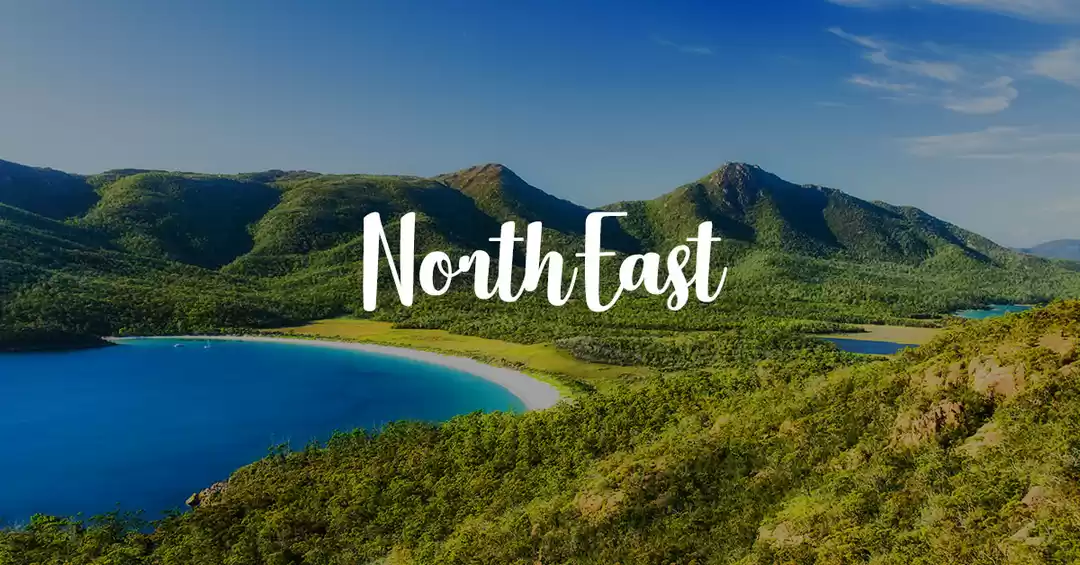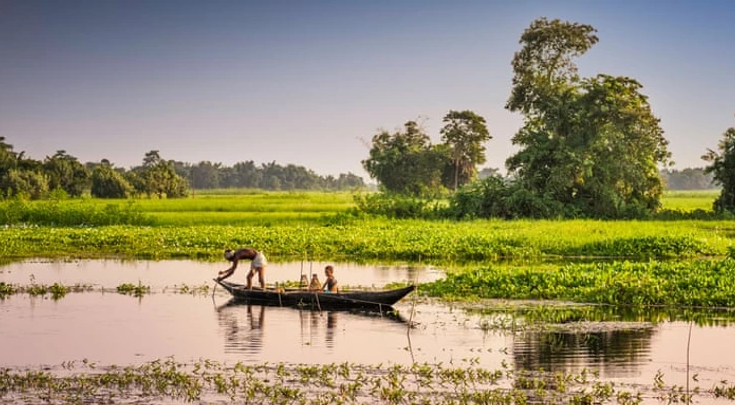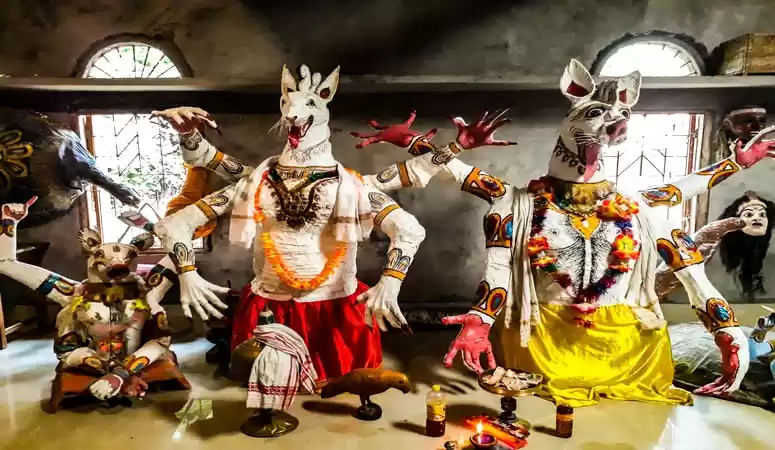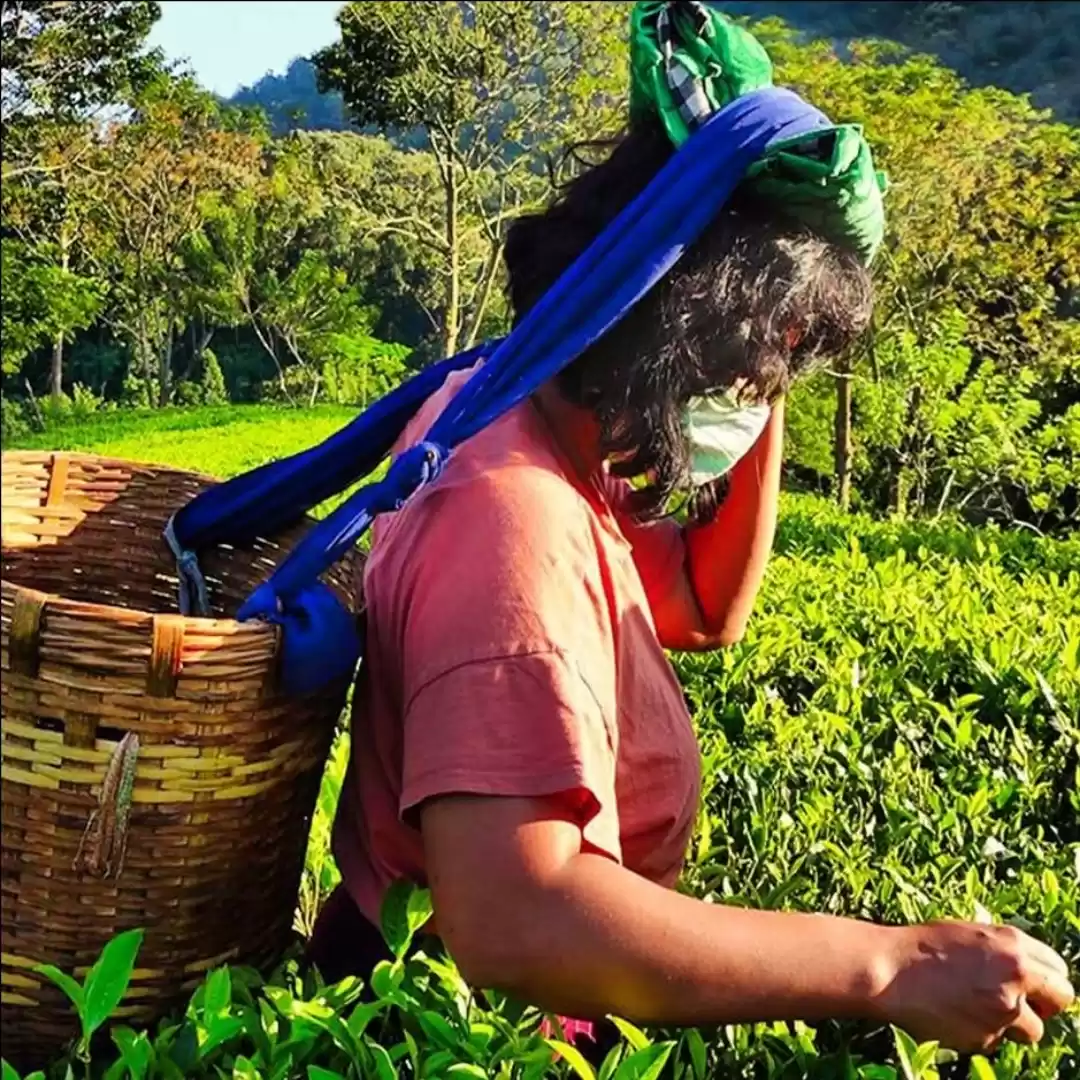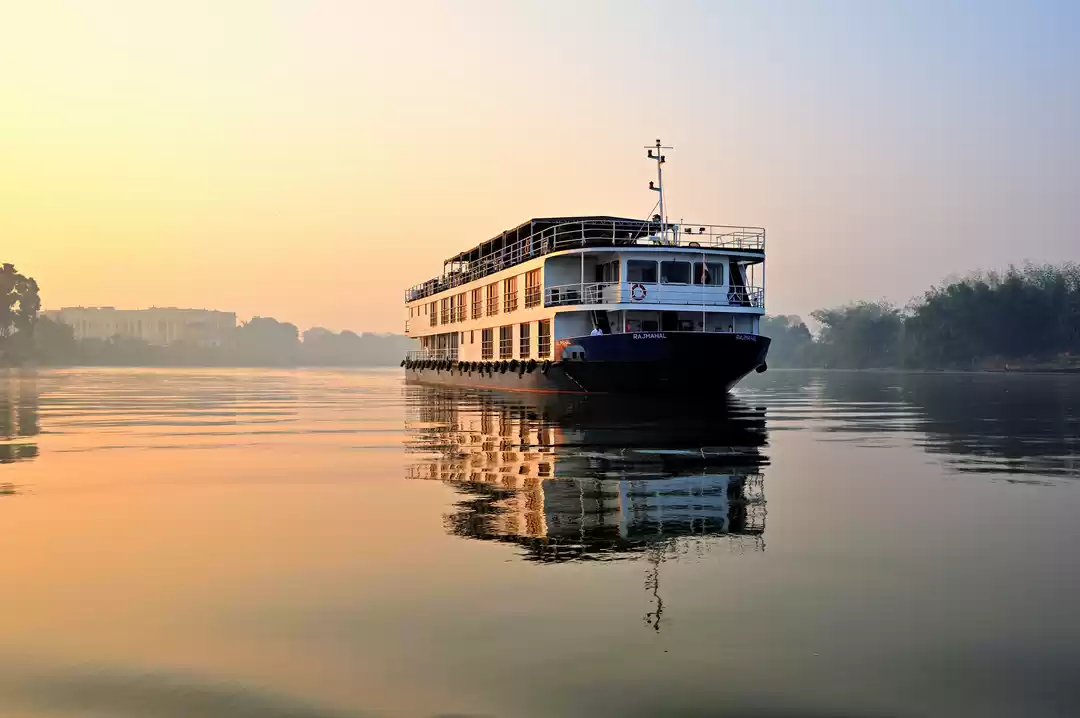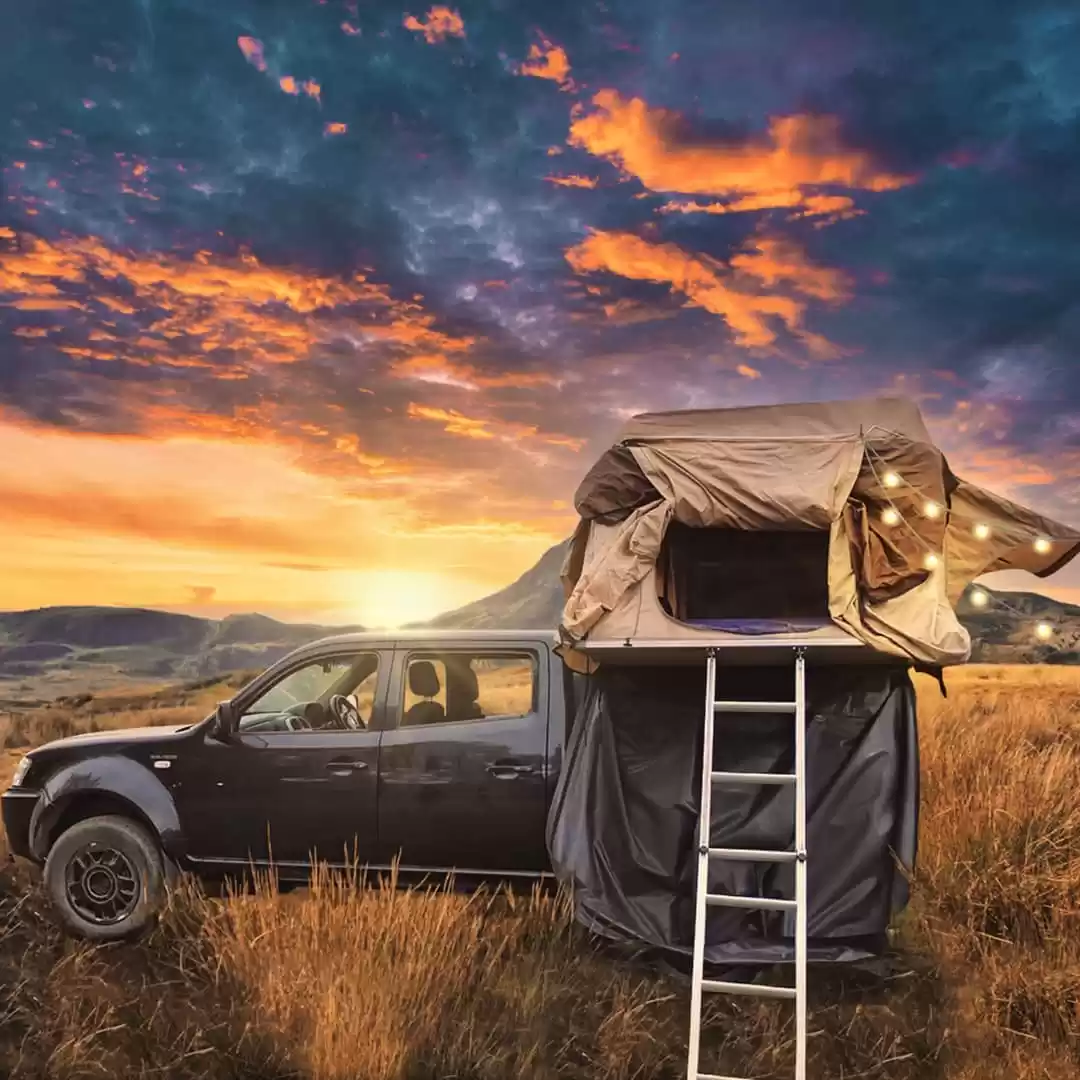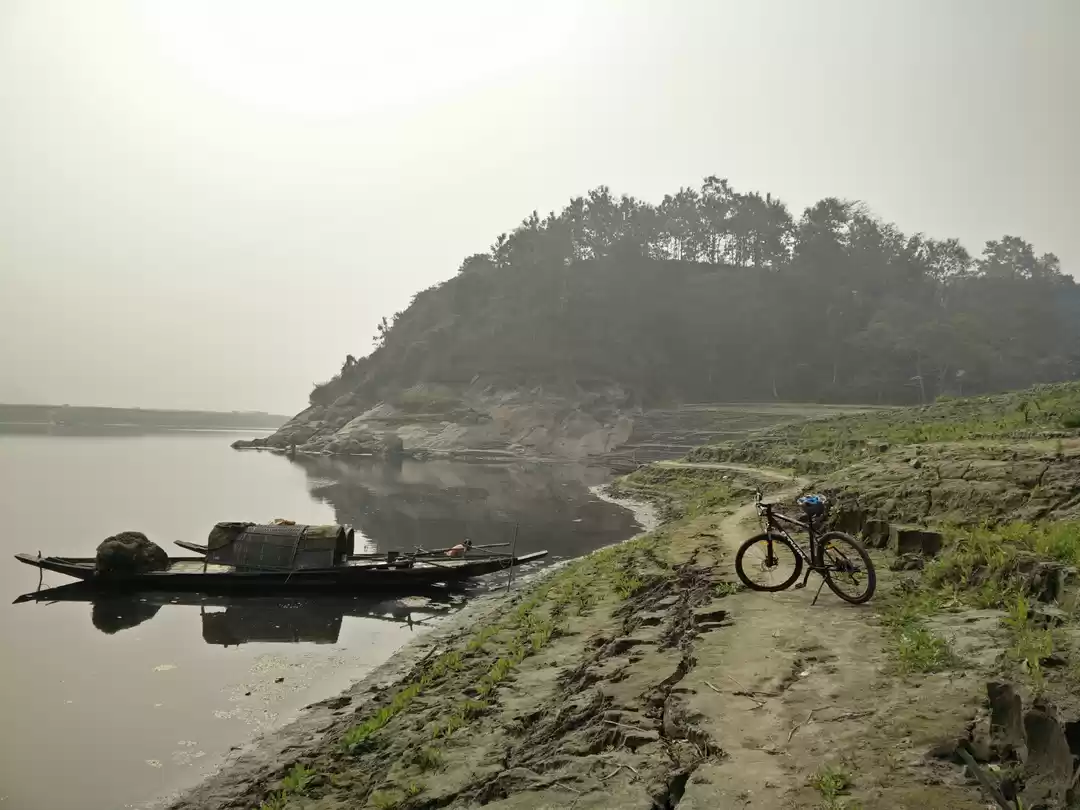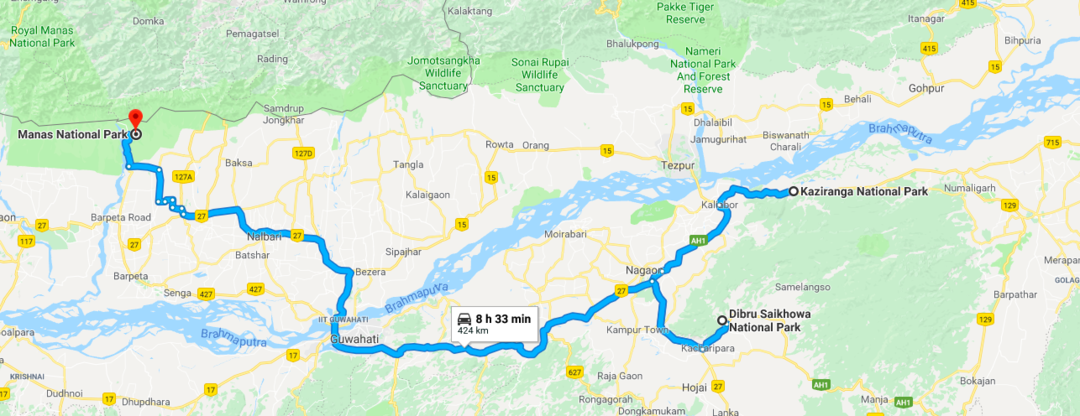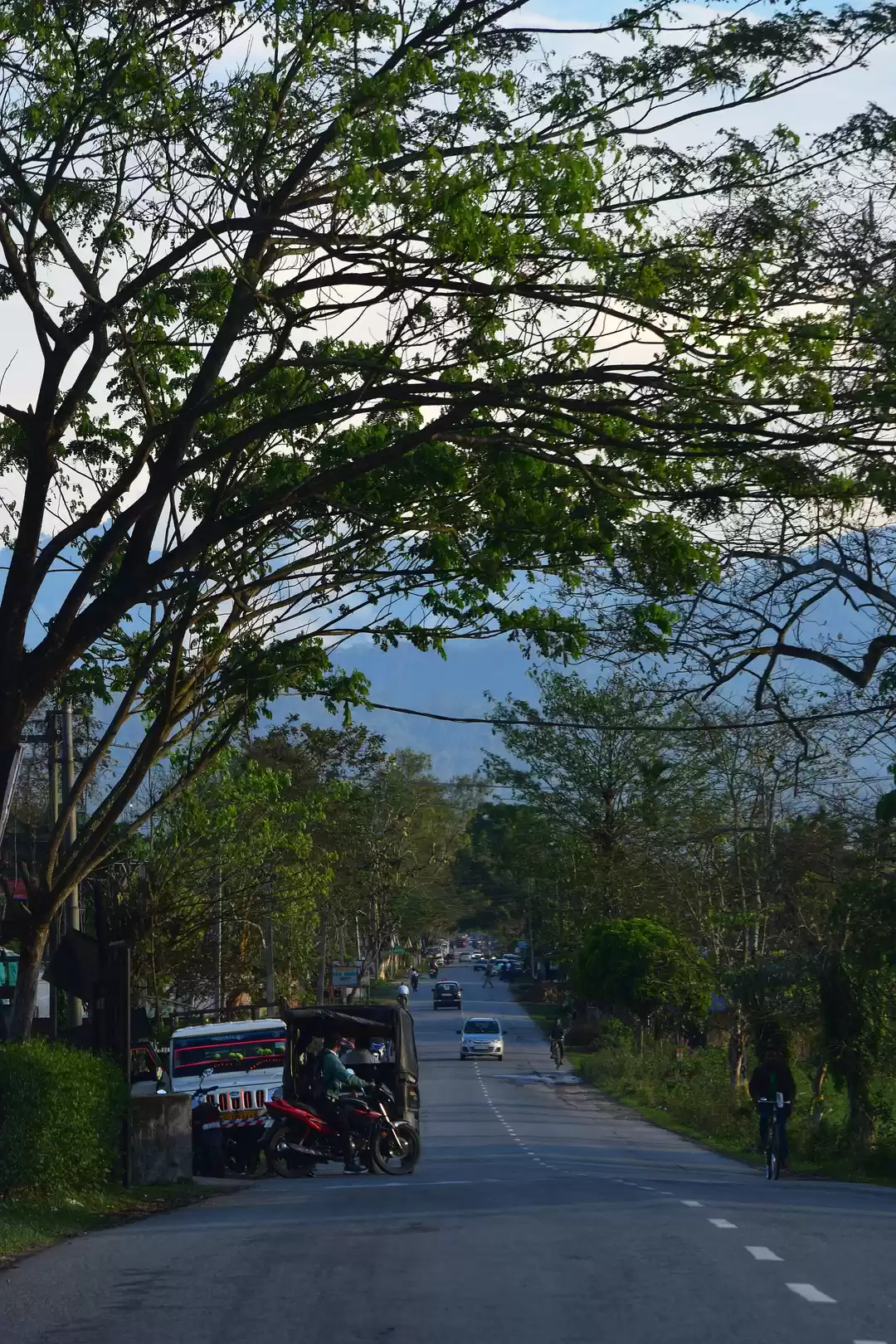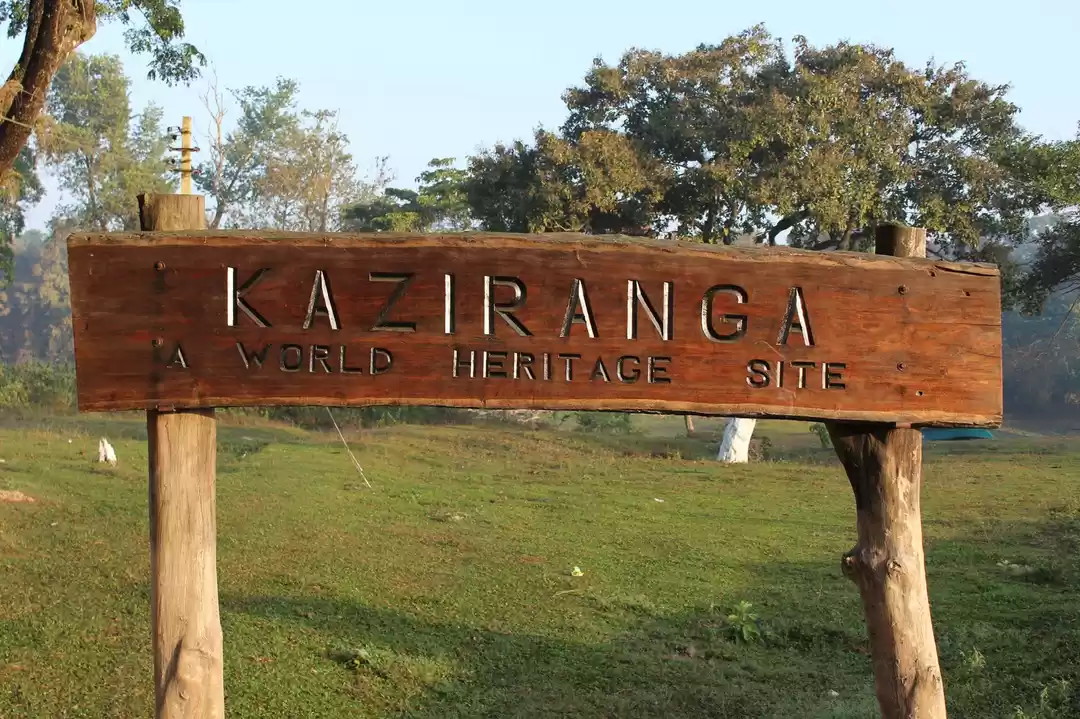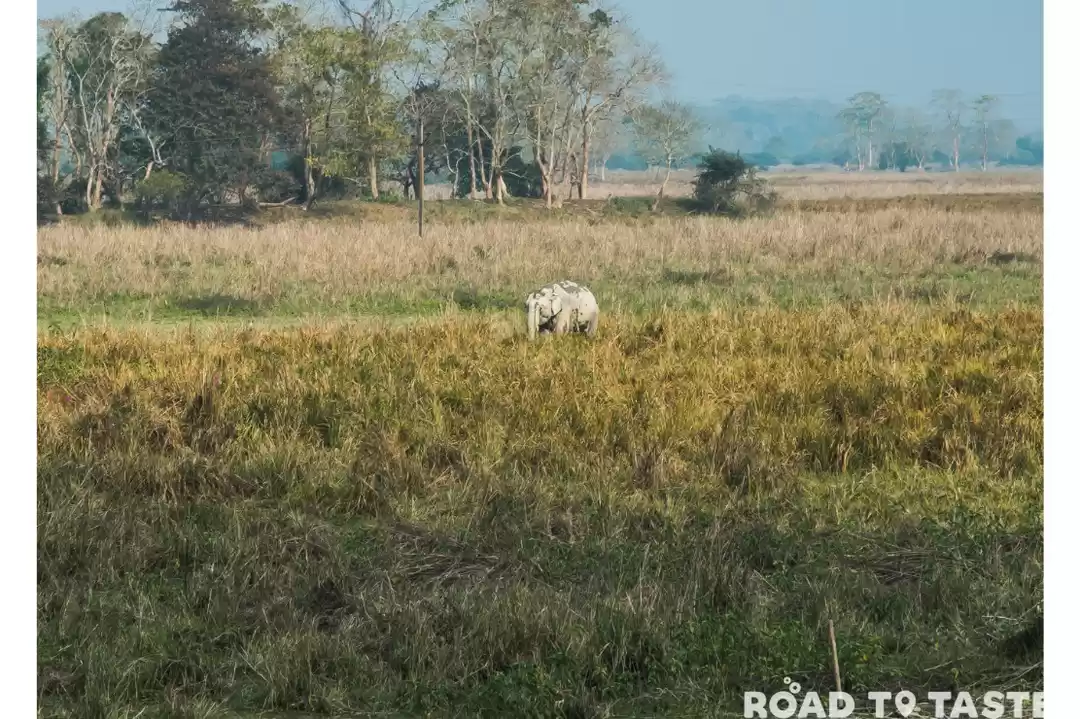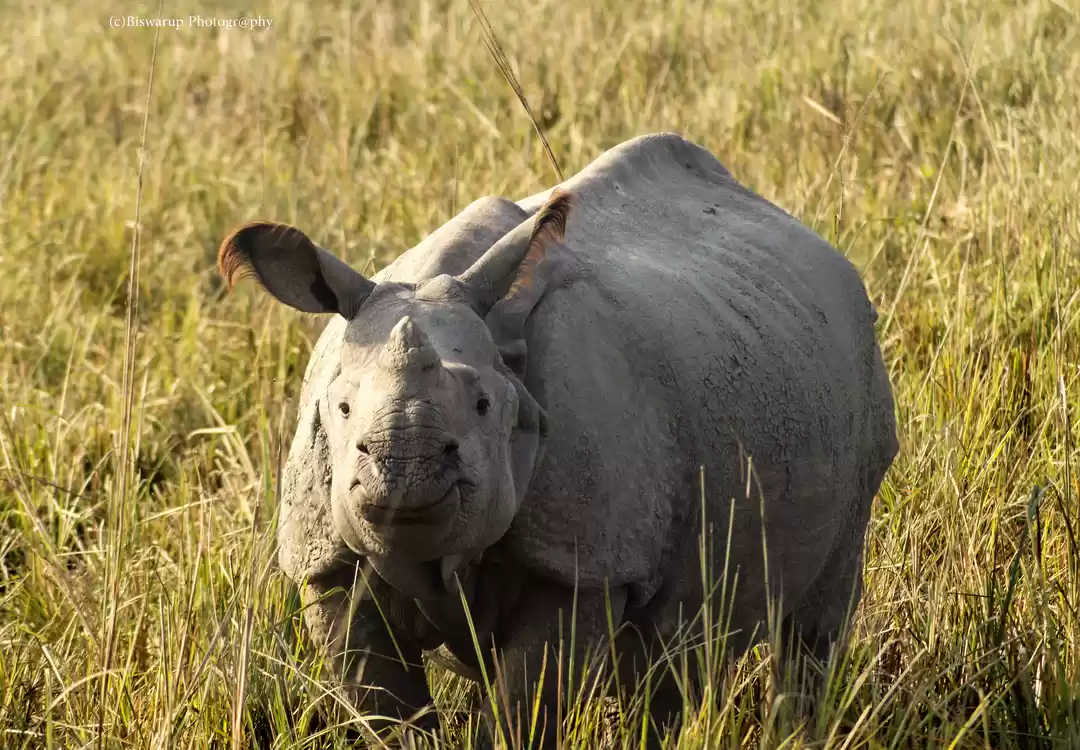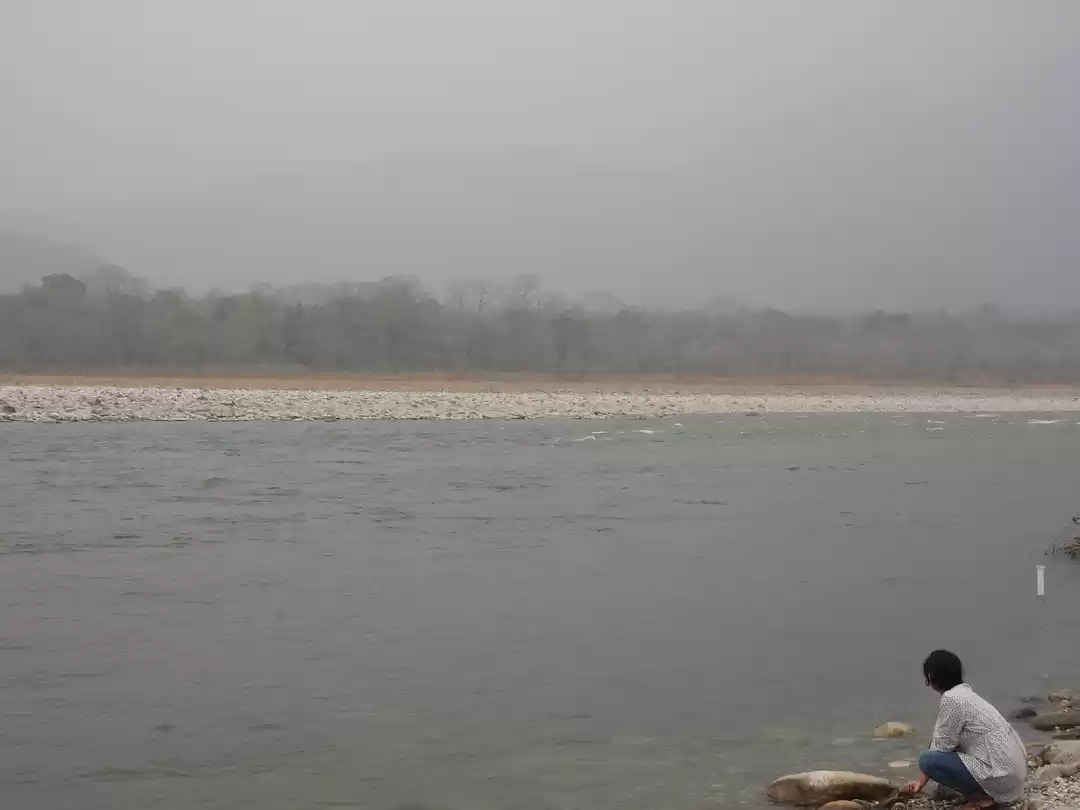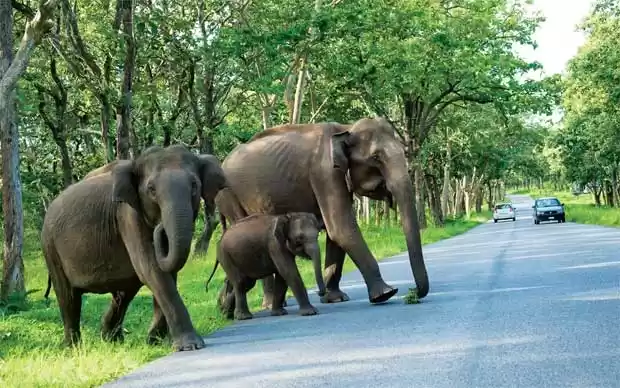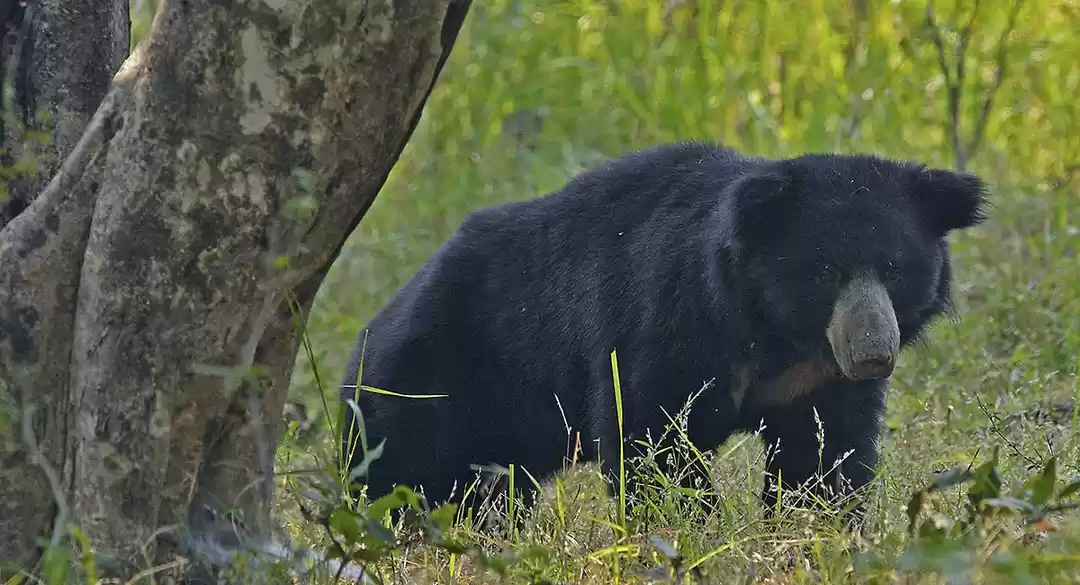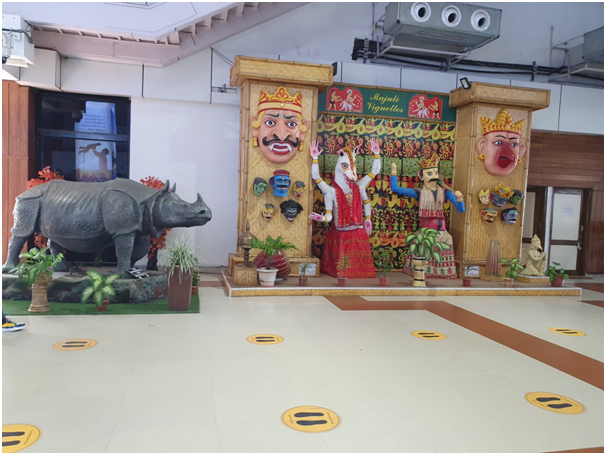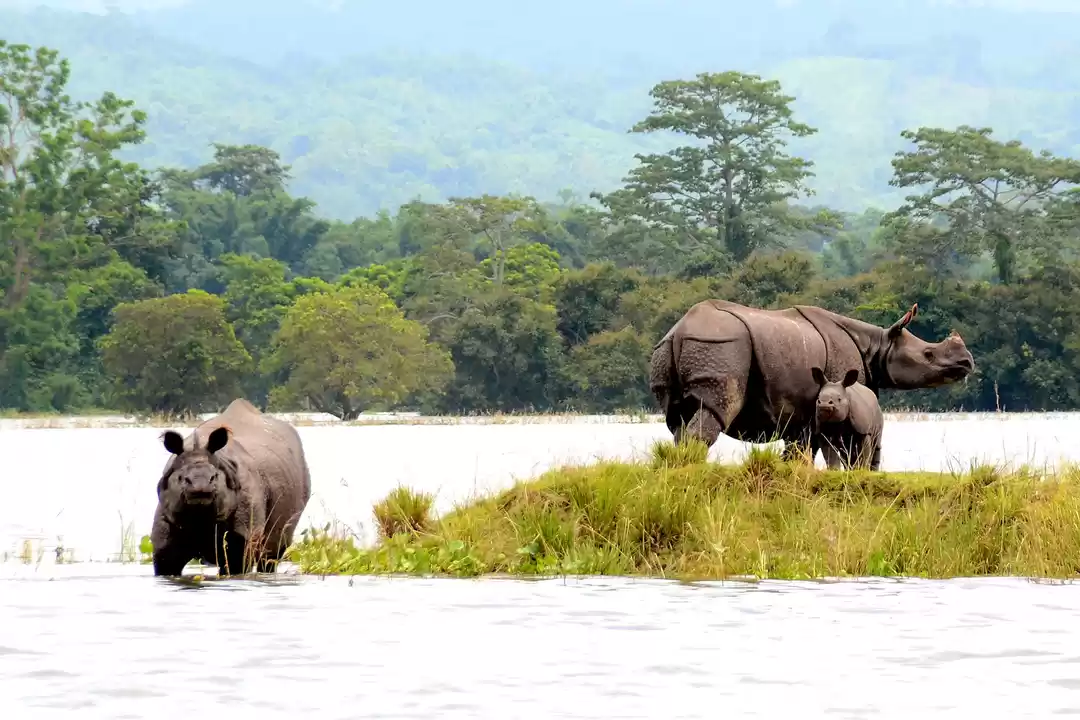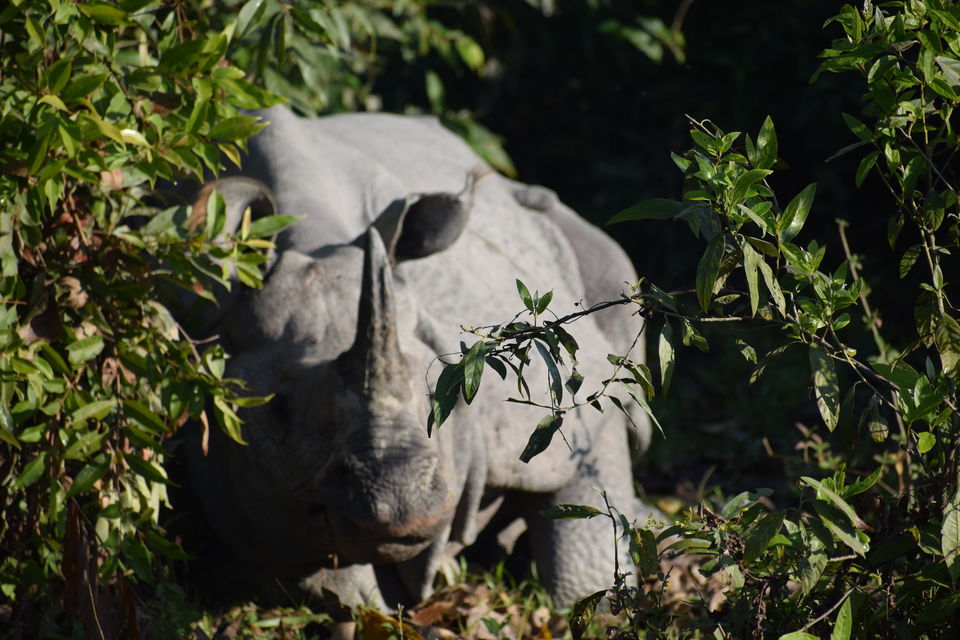
As an avid nature enthusiast and wildlife lover, I recently had the incredible opportunity to visit Kaziranga National Park, a UNESCO World Heritage Site located in the northeastern state of Assam, India. Nestled amidst the lush landscapes of the Brahmaputra River basin, Kaziranga is renowned for its rich biodiversity and being home to the majestic Indian one-horned rhinoceros. In this article, I will take you on a virtual journey through my 4-day itinerary to Kaziranga National Park, offering insights into the park's remarkable wildlife, breathtaking landscapes, and exciting activities.
How to Reach and Where to Stay in Kaziranga National Park:
Reaching Kaziranga National Park is relatively convenient, with the nearest major airport being Guwahati Airport, located approximately 217 kilometers away. Several domestic airlines operate regular flights to Guwahati from major cities in India. From the airport, you can hire a private taxi or pre-arranged transportation to reach Kaziranga, which is a 4-hour drive. Otherwise, you can fly to Jorhat airport too which is 114 Kms away from Kaziranga, but to be honest not all airlines operates to Jorhat.
When it comes to accommodation, Kaziranga offers a range of options to suit different preferences and budgets. Here are a few recommendations:
Luxury Resorts: For a lavish and comfortable stay, you can choose from the luxury resorts located near the park. These resorts provide premium amenities, spacious rooms, and stunning views of the surrounding landscapes. Some popular options include IORA - The Retreat, Borgos Resort, and Infinity Kaziranga Wilderness.
Wildlife Lodges and Resorts: There are several wildlife lodges and resorts that offer a unique experience of staying amidst nature. These accommodations blend seamlessly with the surroundings and provide opportunities for wildlife sightings. Examples include Wild Grass Lodge, Dhanshree Resort, and Bon Habi Jungle Resort.
Budget Hotels and Homestays: If you're traveling on a tighter budget, there are also budget hotels and homestays available in the nearby areas of Kaziranga. These accommodations provide comfortable rooms and basic facilities at affordable prices. Some recommended options include Aranya Tourist Lodge, Nature Hunt Eco Camp, and Kaziranga Resort.
Upon arriving at Guwahati Airport, I embarked on a scenic drive to Kohora, which took approximately four hours. For maximum convenience, I had pre-arranged transportation with a reliable local guide. Remember to book your accommodations in advance to secure a comfortable stay near the park.
Once I reached Kohora, I checked into my hotel and embarked on exploring nearby villages. It was barely evening and the best time to explore a forest is during early morning. So I couldn't but waited till next morning to start my jungle safari. However, the lonesome forest and medows made the evening majestic and left no room for me to feel unoccupied. The hotel management were kind enough to arrange for me a guide and jeep for next morning's jungle safari. So I could sleep in a relaxed way.
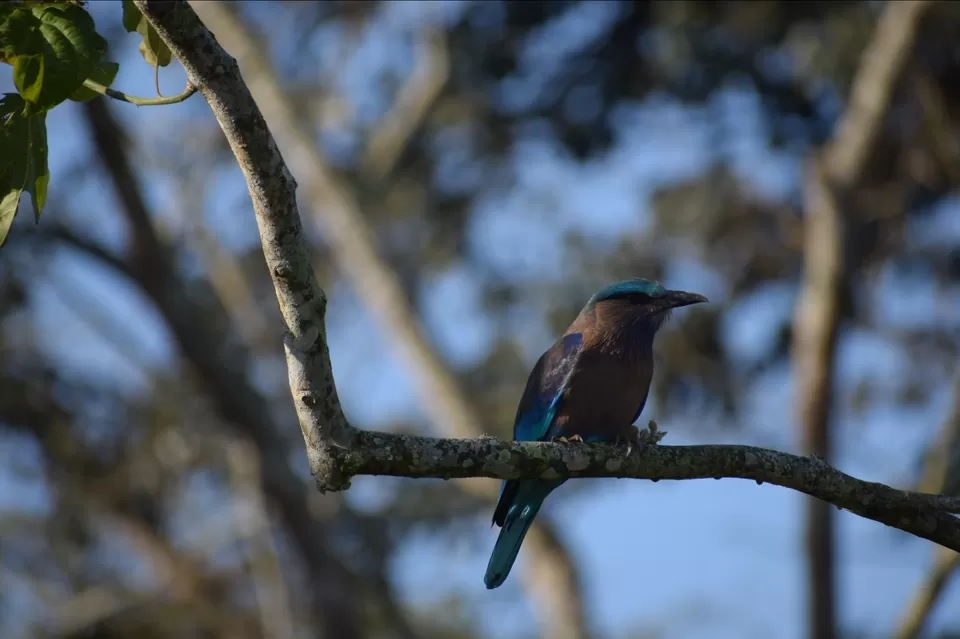
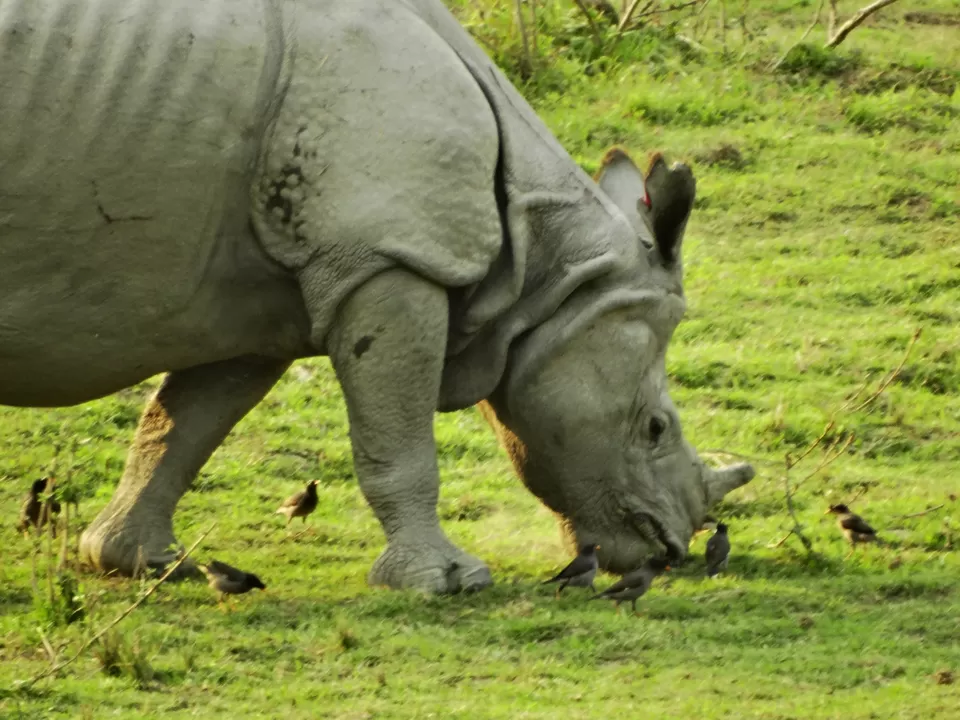
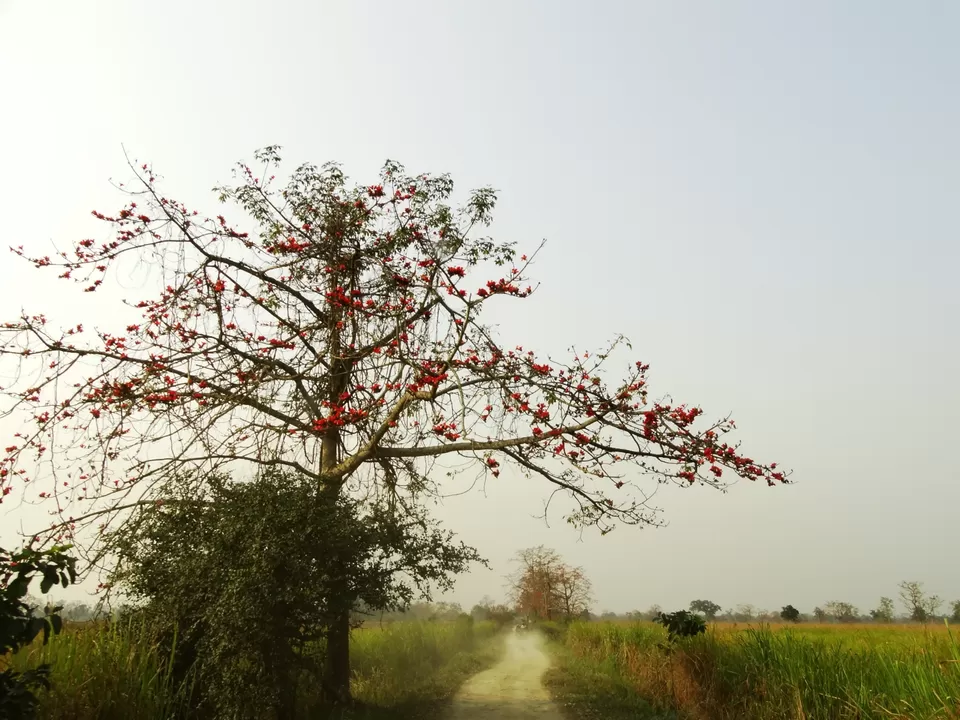
On my second day at Kaziranga,I woke up early and without getting late headed straight to the park's central range. The central range offers a splendid opportunity to spot the famed Indian one-horned rhinoceros, as well as other fascinating wildlife species like wild elephants, tigers, water buffaloes, and a wide variety of birds.
Accompanied by an experienced naturalist, I embarked on an exciting jeep safari through the central range. The early morning safari presented us with an enchanting sight as the mist gradually lifted, revealing the sprawling grasslands and dense forests. We were fortunate enough to witness a herd of wild elephants peacefully grazing and an elusive tiger prowling through the undergrowth. The air was filled with melodious bird calls, creating a serene ambiance.
After the safari, I visited the Kaziranga National Orchid and Biodiversity Park, located nearby. It offered a unique opportunity to admire and learn about the diverse flora and fauna of the region, including rare orchid species.
After the days expedition, I returned back to hotel. The mesmerizing beauty of Kaziranga National Park came in the form of dream even while in sleep too!
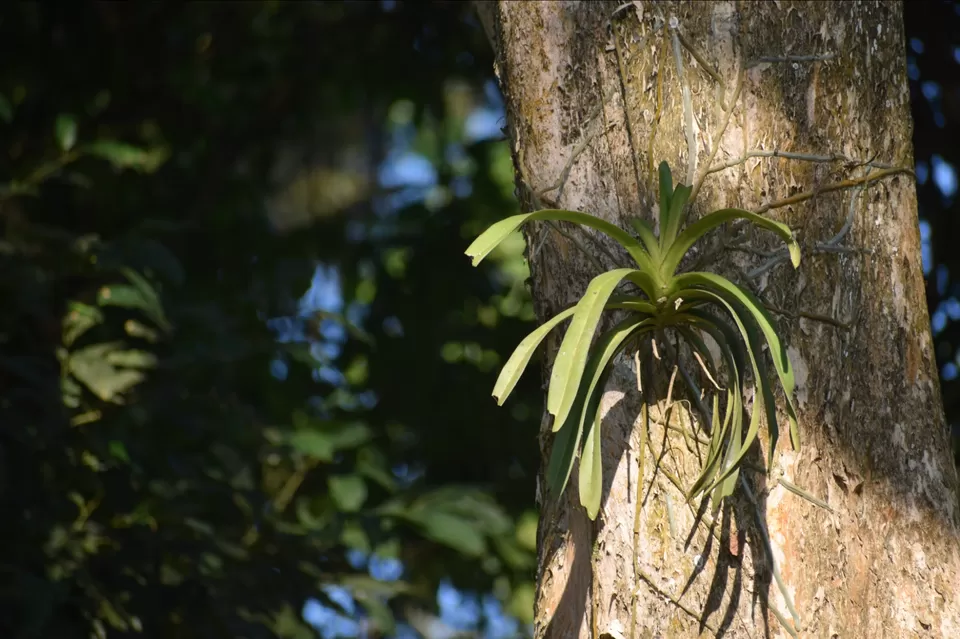
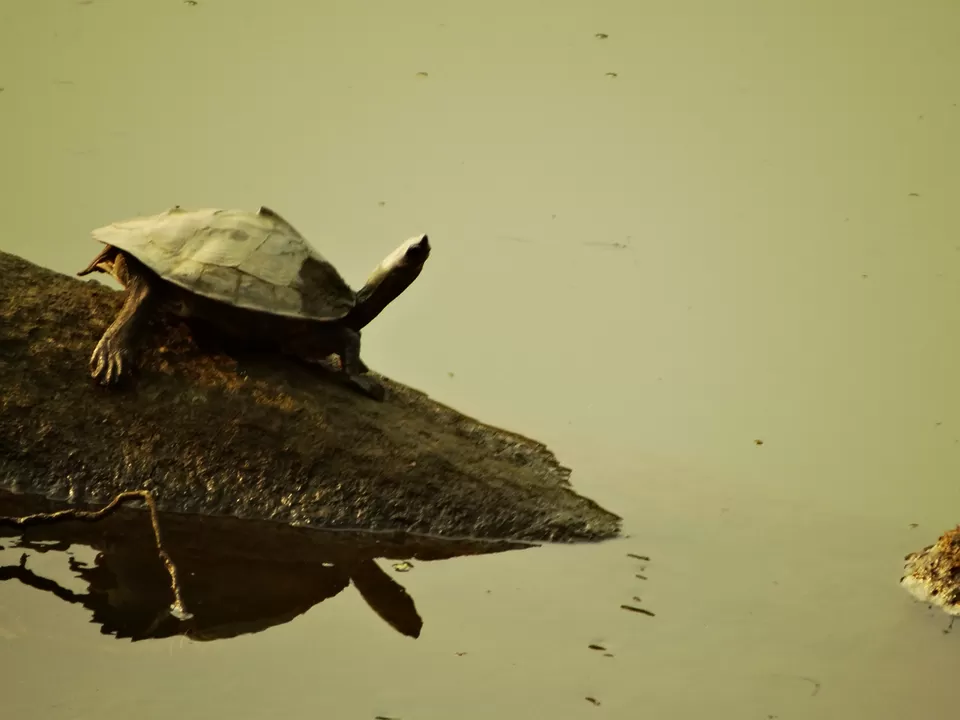
Adventure in the Eastern Range and Riverside Bliss
On the third day of my itinerary, I ventured into the eastern range of Kaziranga National Park, which is known for its marshy landscapes and abundant birdlife. The early morning hours are perfect for birdwatching enthusiasts as they get to witness a stunning display of avian diversity.
Accompanied by a knowledgeable birding guide, I explored the Burapahar Range, which is teeming with vibrant bird species like the great Indian hornbill, fishing eagle, and pied kingfisher. The sight of these magnificent birds in their natural habitat was truly awe-inspiring and a treat for photography enthusiasts.
Post the birding expedition, I decided to unwind and experience the serenity of the mighty Brahmaputra River. I took a leisurely boat ride on the river, which provided a mesmerizing view of the park's landscapes and allowed me to observe riverine species like Gangetic dolphins, otters, and water birds. It was a tranquil experience, connecting me with nature at its purest form.
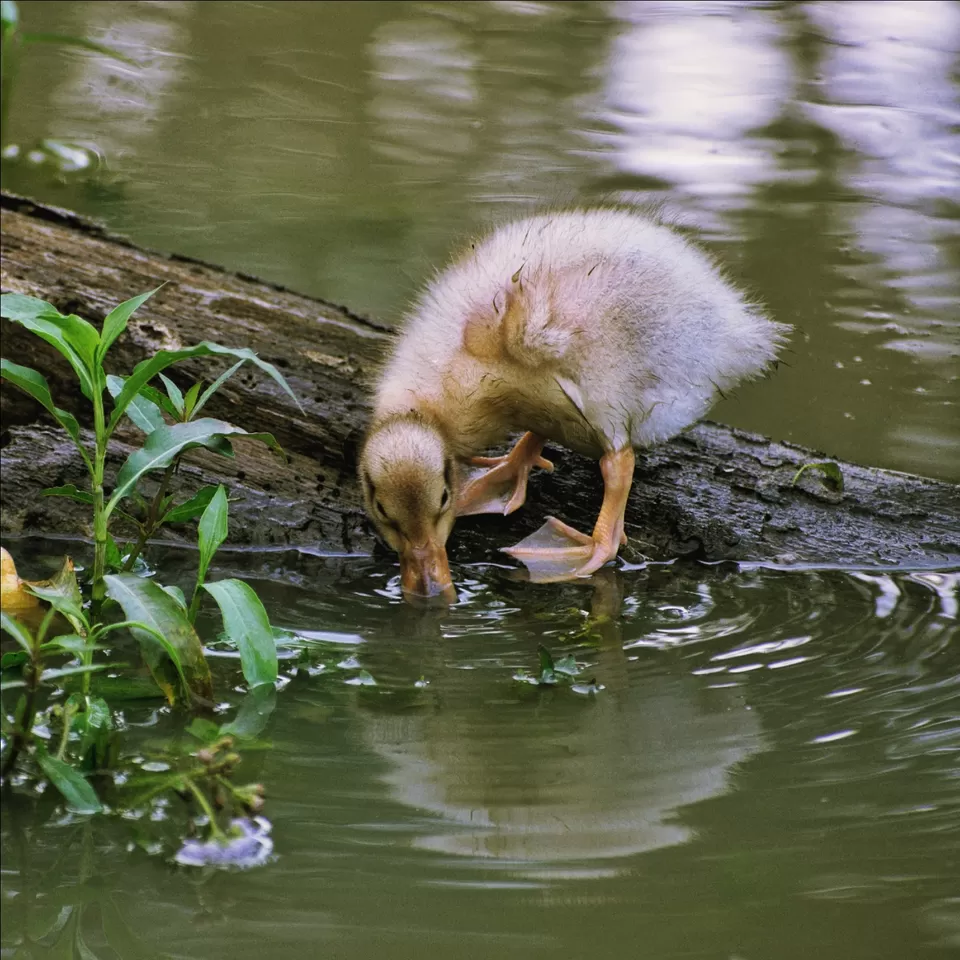
Exploring the Western Range and Village Visit:
On the final day of my itinerary, I explored the western range of Kaziranga National Park, which is characterized by dense forests and picturesque wetlands. The western range is a haven for wildlife enthusiasts, offering sightings of rhinos, elephants, and an array of bird species.
I opted for an elephant safari in the morning, which allowed me to get up close and personal with the gentle giants of Kaziranga. Riding on the back of an elephant provided a unique perspective and enhanced my chances of spotting wildlife amidst the dense vegetation.
In the afternoon, I decided to immerse myself in the local culture and traditions by visiting local inhabitants. The experience was incredible and once in a lifetime.
So, at the end of the trip I could be able to give you an idea about the total cost of the trip so that it can help you to budget in advance. The cost of visiting Kaziranga National Park can vary depending on factors such as accommodation choices, transportation, and activities. Here's an estimated breakdown of individual and total costs for a 3-day itinerary to Kaziranga:
Accommodation: The cost of accommodation can range from INR 2,000 to INR 10,000 per night, depending on the type of accommodation chosen. Luxury resorts typically have higher rates, while budget hotels and homestays offer more affordable options.
Transportation: If you're flying into Guwahati Airport, round-trip flights from major Indian cities can cost between INR 5,000 to INR 15,000, depending on the season and availability. Hiring a private taxi from Guwahati to Kaziranga and back can cost around INR 5,000 to INR 8,000.
Park Entry Fees: The entry fee for Kaziranga National Park is approximately INR 900 for Indian nationals and INR 1,400 for foreign nationals per day. This fee covers the cost of park entry, jeep safaris or elephant safaris.
Safari Charges: The cost of jeep safaris and elephant safaris within the park ranges from INR 2,500 to INR 4,500 per person, depending on the duration and range chosen. It's advisable to book safaris in advance to secure your spot.
Considering these estimates, a rough estimate of the total cost for a 3-day itinerary to Kaziranga National Park would be approximately INR 15,000 to INR 35,000, excluding additional expenses like meals, guide charges, and any extra activities or services availed.
Please note that these cost estimates are subject to change and may vary depending on the season, accommodation choices, and individual preferences. It's recommended to research and plan accordingly based on the most recent information and availability at the time of your visit.
Best Time to Visit Kaziranga National Park:
Kaziranga National Park is a year-round destination, but the best time to visit is during the winter months of November to April when the park remains open. Here are the reasons why this period is ideal:
Winter Season (November to February): The weather is pleasant, with temperatures ranging from 5°C to 25°C (41°F to 77°F). The vegetation is relatively sparse, making it easier to spot wildlife in the grasslands. Additionally, during this time, many migratory birds flock to the park, enhancing the bird-watching experience.
Spring Season (March to April): This period is characterized by comfortable weather, with temperatures ranging from 15°C to 28°C (59°F to 82°F). The park starts closing by mid-April, but it's a great time to visit if you want to avoid the winter rush and witness the blooming of flowers and lush greenery.
Do's and Don'ts while Visiting Kaziranga National Park:
Dos:
*Follow the park's guidelines and regulations to ensure your safety and minimize disturbance to the wildlife.
*Hire experienced guides or naturalists who are knowledgeable about the park's flora and fauna.
*Dress appropriately in earthy and camouflage colors to blend in with the surroundings and avoid bright or flashy clothing.
*Carry binoculars, cameras, and other necessary equipment for wildlife viewing and photography.
*Maintain silence and avoid loud noises to prevent scaring away animals and disrupting their natural behavior.
*Respect the park's boundaries and avoid venturing into restricted areas.
*Stay hydrated and carry snacks to keep yourself energized during safaris.
*Keep a safe distance from the animals and refrain from feeding or touching them.
Don'ts:
*Do not litter in the park. Carry a small bag to collect any trash and dispose of it in designated areas outside the park.
*Do not smoke or light fires, as it poses a risk to the park's sensitive ecosystems and wildlife.
*Do not use flash photography, especially while capturing images of animals, as it may startle them and cause distress.
*Do not get down from the designated safari vehicles or approach animals on foot. Maintain a safe distance to ensure your safety and the well-being of the wildlife.
*Do not disturb or provoke the animals in any way. Respect their space and behavior, and observe them from a distance.
*Do not carry any prohibited items such as firearms, pets, or any illegal substances into the park.
Following these guidelines will help preserve the natural environment of Kaziranga National Park and ensure a safe and enjoyable experience for both visitors and wildlife. Remember, the primary goal is to appreciate the beauty of nature and protect the precious ecosystem of this remarkable wildlife sanctuary.
